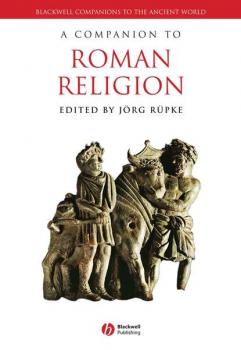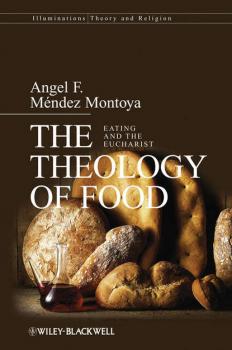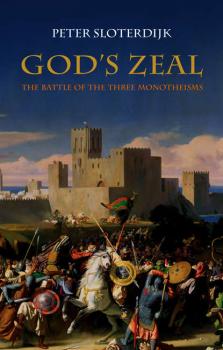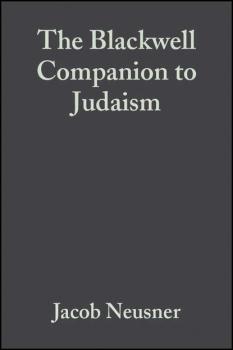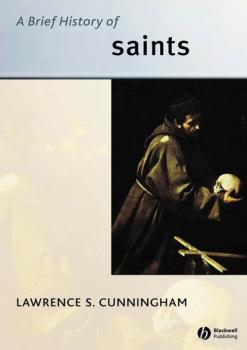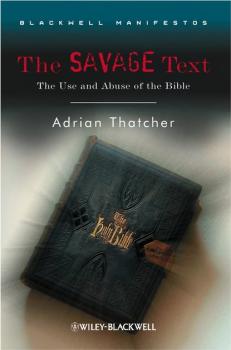Зарубежная эзотерическая и религиозная литература
Различные книги в жанре Зарубежная эзотерическая и религиозная литератураO Médico Enigmático
Tinha levado menos tempo do que o calculado no trajeto, porque com estes avanços nos meios de locomoção eu mal tinha percebido ele enquanto estava revisando algumas páginas do jornal que eu havia comprado momentos antes na estação. Tinha levado menos tempo do que o calculado no trajeto, porque com estes avanços nos meios de locomoção eu mal tinha percebido ele enquanto estava revisando algumas páginas do jornal que eu havia comprado momentos antes na estação. O que eu achei mais difícil naquela viagem foi tomar a decisão final, aquela que sempre deixa dúvidas como as borras de um bom café no fundo da xícara, sobre se a opção escolhida era a mais correta ou não, mas depois de uma noite de sono profundo resolvi o problema com determinação e comecei este que seria, sem dúvida, o meu destino mais desejado. Finalmente me encontrei diante de um dos mais belos e majestosos portais medievais preservados, portas de pedra esculpidas com esforço e cuidado por experientes pedreiros na arte de converter o material frio e áspero das pedreiras próximas em belas colunas, linteis e arcos.
A Companion to Roman Religion
A comprehensive treatment of the significant symbols and institutions of Roman religion, this companion places the various religious symbols, discourses, and practices, including Judaism and Christianity, into a larger framework to reveal the sprawling landscape of the Roman religion. An innovative introduction to Roman religion Approaches the field with a focus on the human-figures instead of the gods Analyzes religious changes from the eighth century BC to the fourth century AD Offers the first history of religious motifs on coins and household/everyday utensils Presents Roman religion within its cultural, social, and historical contexts
The Theology of Food
The links between religion and food have been known for centuries, and yet we rarely examine or understand the nature of the relationship between food and spirituality, or food and sin. Drawing on literature, politics, and philosophy as well as theology, this book unlocks the role food has played within religious tradition. A fascinating book tracing the centuries-old links between theology and food, showing religion in a new and intriguing light Draws on examples from different religions: the significance of the apple in the Christian Bible and the eating of bread as the body of Christ; the eating and fasting around Ramadan for Muslims; and how the dietary laws of Judaism are designed to create an awareness of living in the time and space of the Torah Explores ideas from the fields of literature, politics, and philosophy, as well as theology Takes seriously the idea that food matters, and that the many aspects of eating – table fellowship, culinary traditions, the aesthetic, ethical and political dimensions of food – are important and complex, and throw light on both religion and our relationship to food
God's Zeal
The conflicts between the three great monotheistic religions ? Christianity, Judaism and Islam ? are shaping our world more than ever before. In this important new book Peter Sloterdijk returns to the origins of monotheism in order to shed new light on the conflict of the faiths today. Following the polytheism of the ancient civilizations of the Egyptians, Hittites and Babylonians, Jewish monotheism was born as a theology of protest, as a religion of triumph within defeat. While the religion of the Jews remained limited to their own people, Christianity unfolded its message with proclamations of universal truth. Islam raised this universalism to a new level through a military and political mode of expansion. Sloterdijk examines the forms of conflict that arise between the three monotheisms by analyzing the basic possibilities stemming from anti-Paganism, anti-Judaism, anti-Islamism and anti-Christianism. These possibilities were augmented by internal rifts: a defining influence within Judaism was a separatism with defensive aspects, in Christianity the project of expansion through mission, and in Islam the Holy War.
The Blackwell Companion to Judaism
This Companion explores the history, doctrines, divisions, and contemporary condition of Judaism. Surveys those issues most relevant to Judaic life today: ethics, feminism, politics, and constructive theology Explores the definition of Judaism and its formative history Makes sense of the diverse data of an ancient and enduring faith
A Brief History of Saints
A Brief History of Saints follows the rise of the cult of saints in Christianity from its origin in the age of the martyrs down to the present day. Refers to both well-known saints, such as Joan of Arc, and lesser-known figures like the ‘holy fools’ in the Orthodox tradition Ranges over subjects as diverse as the history of canonization processes, the Reformation critique of the cult of saints, and the role of saints in other religious traditions Discusses the relevance of sainthood in the postmodern era Two appendices describe patron saints and the iconography of saints in art.
A Brief History of Death
The act of death itself and the rituals surrounding it vary enormously and shed a fascinating light on the cultures of which they are a part. In this brief and lively history, Douglas Davies – internationally acknowledged as one of the leading experts in this field – tackles some of the most significant aspects of death and weaves them into a compelling story about our changing attitudes to dying. Offers a fascinating examination of this subject which is of enduring interest in every culture in the world Considers the profound influence death has had on subjects ranging from philosophy to anthropology, through to art, literature, and music – inspiring some of our most enduring artistic highpoints Broaches some of the most significant aspects of death, such as the act of dying, grieving, burial, artistic interpretations of death, places of memory, the fear of death, and disasters/tragedies Weaves these numerous approaches to death into a compelling story about our changing attitudes to dying Contains several illustrations, and is written in an accessible and lively style.
A Brief History of Heresy
This short and accessible book introduces readers to the problems of heresy, schism and dissidence over the last two millennia. The heresies under discussion range from Gnosticism, influential in the early Christian period, right through to modern sects. The idea of a heretic conjures up many images, from the martyrs prepared to die for their beliefs, through to sects with bizarre practices. This book provides a remarkable insight into the fraught history of heresy, showing how the Church came to insist on orthodoxy when threatened by alternative ideals, exploring the social and political conditions under which heretics were created, and how those involved were 'tested' and punished, often by imprisonment and burning. Engaging written, A Brief History of Heresy is enlivened throughout with fascinating examples of individuals and movements. A short, accessible history of heresy. Spans the last two millennia, from the Gnostics through to modern sects. Considers heresy in relation to ecclesial separatism, doctrinal disagreement, church order, and basic metaphysics. Enlivened with intriguing examples of individuals and movements. Written by a leading academic in the field of Religious History.
The Blackwell Companion to Hinduism
An ideal resource for courses on Hinduism or world religions, this accessible volume spans the entire field of Hindu studies. It provides a forum for the best scholars in the world to make their views and research available to a wider audience. Comprehensively covers the textual traditions of Hinduism Features four coherent sections covering theoretical issues, textual traditions, science and philosophy, and Hindu society and politics Reflects the trend away from essentialist understandings of Hinduism towards tradition and regional-specific studies Includes material on Hindu folk religions and stresses the importance of region in analyzing Hinduism Ideal for use on university courses.
The Savage Text
Misuse of the Bible has made hatred holy. In this provocative book, Adrian Thatcher argues that debates on sexuality currently raging through the churches are the latest outbreak in a long line of savage interpretations of the Bible. Fascinating reading for anyone concerned about the future of Christianity. A provocative book claiming that debates on sexuality currently raging through the churches are the latest outbreak in a long line of savage interpretations of the Bible Argues that the Bible has been abused to convert the “good news” which it brings to the world, into one which has been used to discriminate against many groups, including children, women, Jews, people of color, slaves, heretics, and homosexuals Asks how Christians have been able to conduct, in public and on a global scale, an argument that has exposed so much prejudice, fear and hatred Offers an alternative, faithful and peaceable reading of the Bible, drawing on numerous examples throughout Breaks new ground in debates about sexual ethics and biblical interpretation

